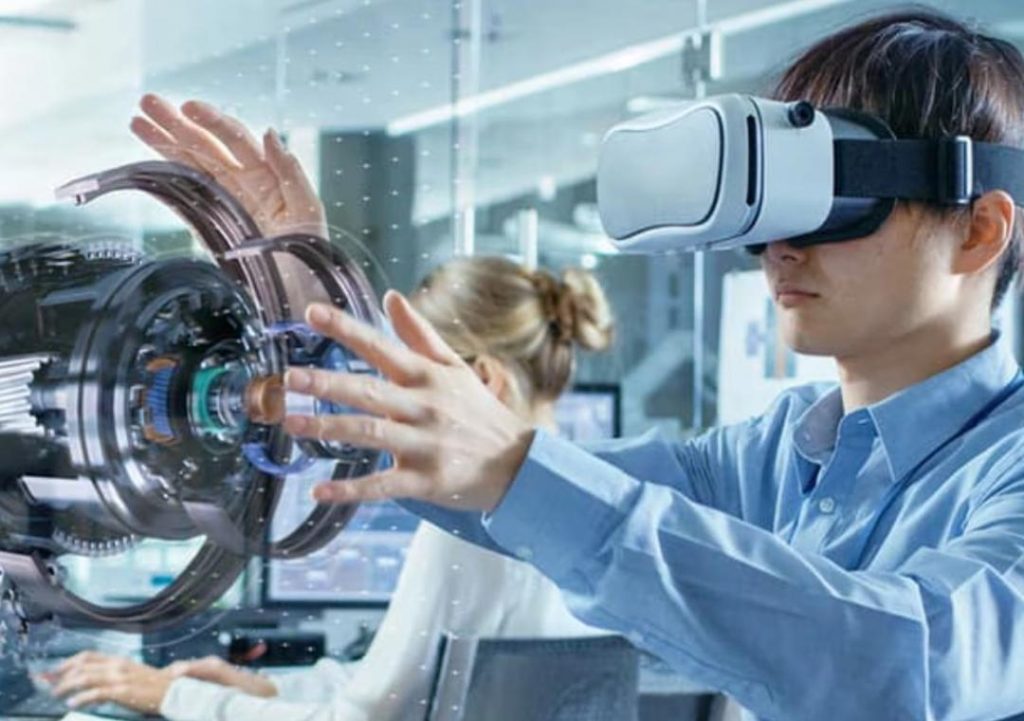
How AR Experiences are Redefining Device Interaction
The world of device interaction has undergone a significant transformation with the advent of Augmented Reality (AR) experiences. Gone are the days of tedious product demos and lengthy user manuals. With AR, users can now visualize products in their own space, reducing returns and boosting engagement. In this blog post, we will delve into the world of AR and explore how it is redefining device interaction.
The Rise of AR
AR is not a new concept, but its popularity has grown exponentially in recent years. The technology has evolved significantly, enabling developers to create immersive and interactive experiences that blur the lines between the physical and digital worlds. With the rise of AR, companies are now able to provide users with a more engaging and interactive way to explore products, reducing the need for physical samples and demos.
Benefits of AR Experiences
So, what are the benefits of AR experiences? Let’s take a look:
- Increased Engagement: AR experiences are more engaging than traditional product demos. They allow users to interact with products in a more immersive and interactive way, increasing the chances of conversion.
- Reduced Returns: With AR, users can visualize products in their own space, reducing the likelihood of returns. This not only saves companies money but also reduces the environmental impact of returns.
- Improved User Experience: AR experiences provide users with a more realistic and interactive way to explore products, improving the overall user experience.
Best Practices for AR Development
So, how can you create effective AR experiences? Here are some best practices to keep in mind:
- Start with Lightweight WebAR: WebAR is a great way to start with AR development. It allows you to create lightweight AR experiences that can be accessed directly from a web browser.
- Prioritize Accurate Scale and Occlusion: Accurate scale and occlusion are crucial for creating realistic AR experiences. Make sure to prioritize these features when developing your AR experience.
- Track Interactions: Tracking interactions is essential for creating interactive and engaging AR experiences. This allows you to understand how users are interacting with your product and make improvements accordingly.
- Iterate on the Most-Used Flows: Identify the most-used flows in your AR experience and iterate on them. This will help you to improve the overall user experience and increase conversion rates.
Measuring Success
So, how do you measure the success of your AR experience? Here are some key metrics to keep in mind:
- Conversion Lift: Measure the conversion lift of your AR experience. This will give you an idea of whether your AR experience is driving conversions.
- Session Depth: Measure the session depth of your AR experience. This will give you an idea of how users are interacting with your product.
Conclusion
AR experiences are redefining device interaction, providing users with a more immersive and interactive way to explore products. With the rise of AR, companies are now able to provide users with a more engaging and interactive way to explore products, reducing the need for physical samples and demos.
By following the best practices outlined in this blog post, you can create effective AR experiences that drive conversions and improve the overall user experience. Remember to prioritize accurate scale and occlusion, track interactions, and iterate on the most-used flows.
News Source:
https://www.growthjockey.com/blogs/augmented-reality-experiences-for-ar-devices






